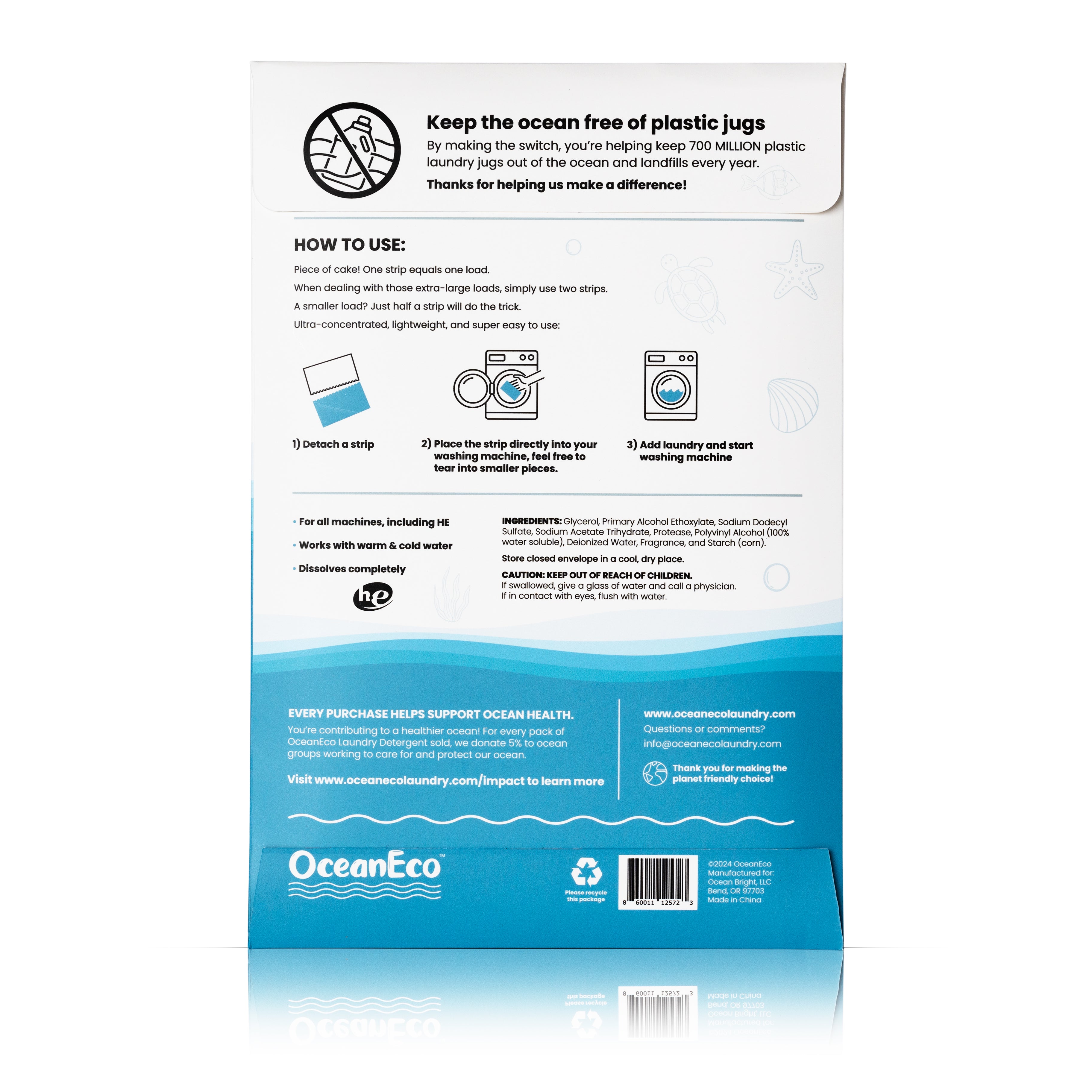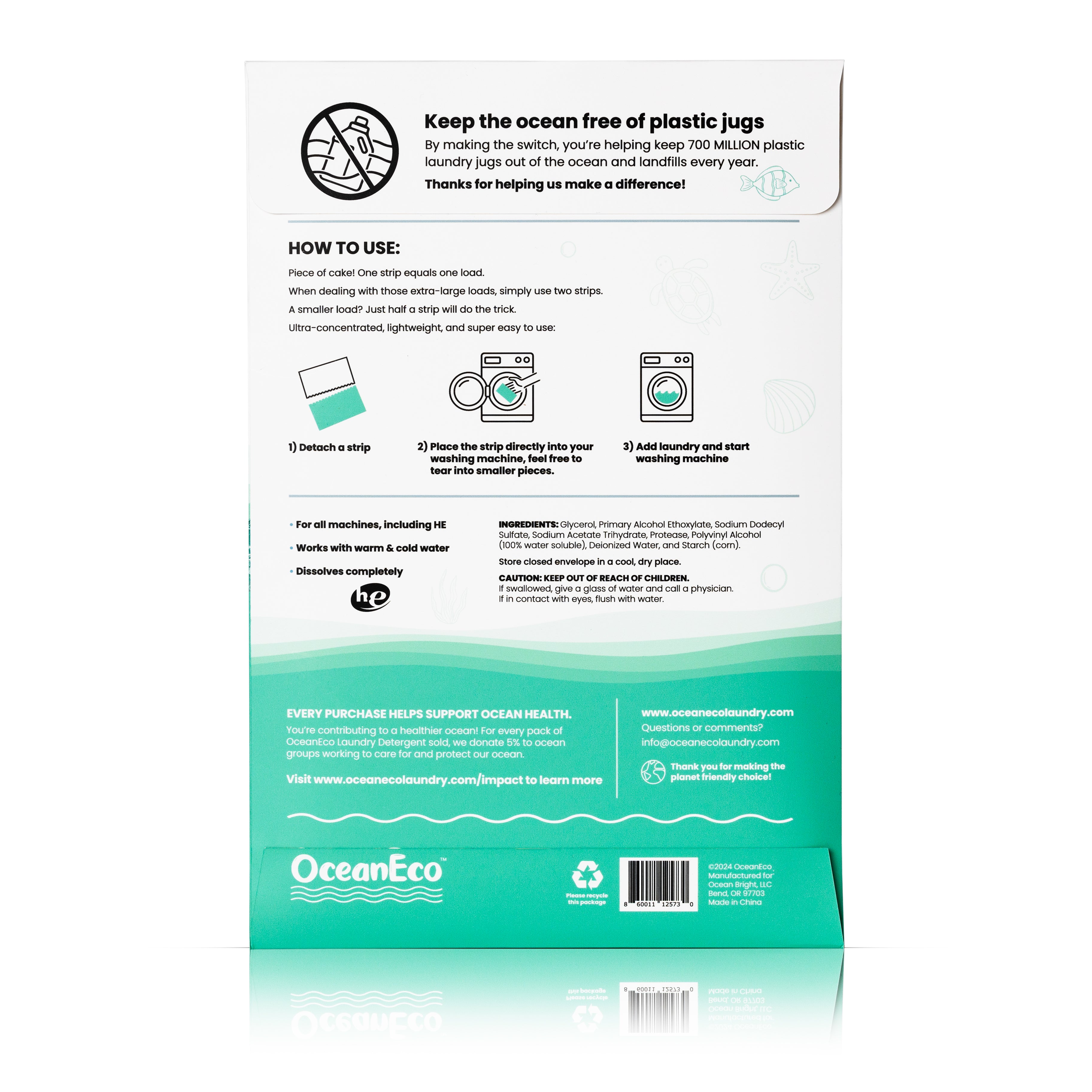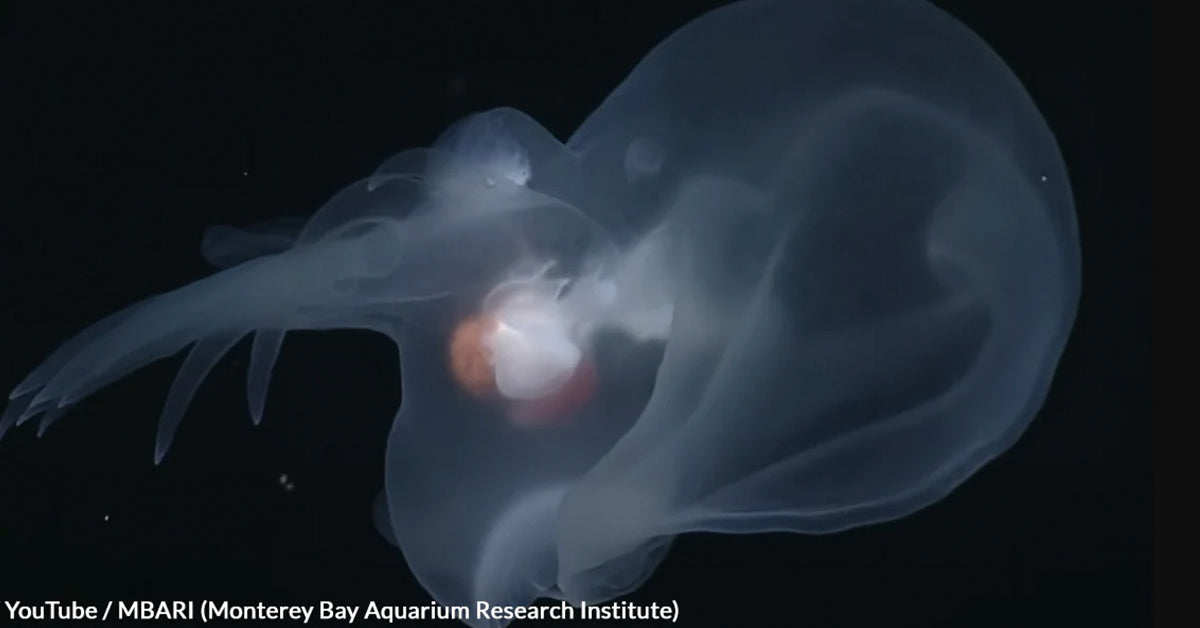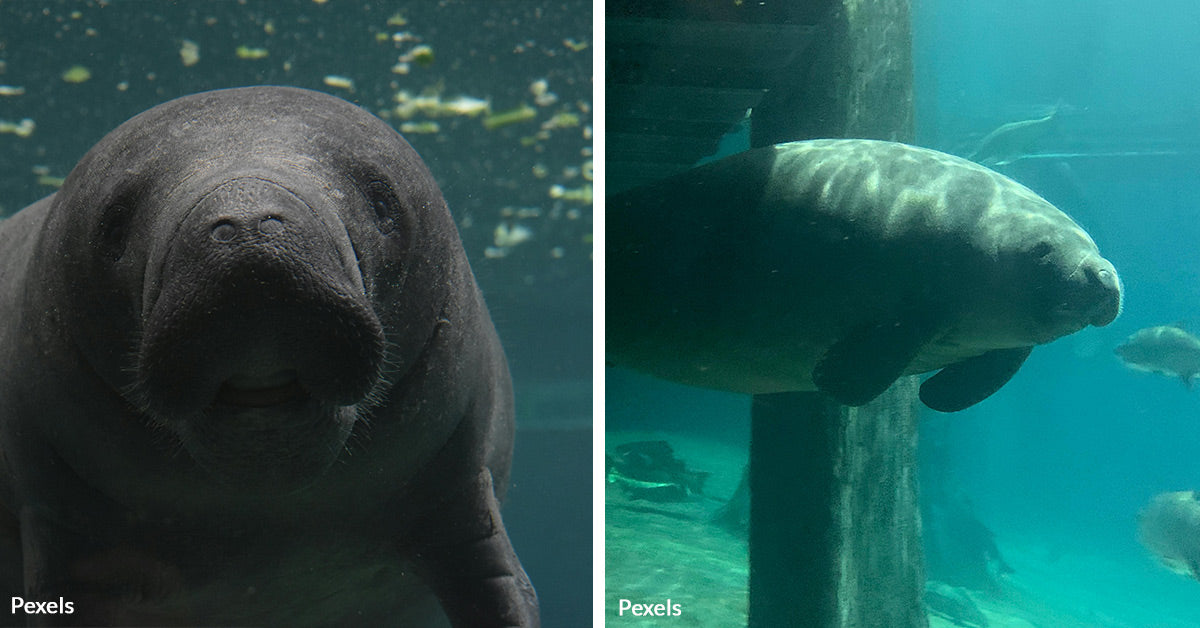NASA Uncovers 10,000 Hidden Ocean Giants Changing Marine Science Forever
In a monumental breakthrough, NASA has identified over 10,000 previously unknown undersea mountains, delivering the most comprehensive map of Earth's ocean floor ever created.
This extraordinary achievement was accomplished through the Surface Water and Ocean Topography (SWOT) mission, a collaboration between NASA and the French space agency CNES, as reported by ClickPetroleoEGas.

Revolutionizing Ocean Mapping with Satellite Technology
Traditional methods of seafloor mapping have long depended on shipborne sonar systems, which, while effective, are both time-consuming and limited in scope. According to NOAA Ocean Explorer, only about 26.1% of the global seafloor had been mapped with high-resolution technology as of June 2024.
The SWOT mission has dramatically accelerated this process by utilizing radar altimeters aboard satellites to measure subtle variations in sea surface height. These variations act as indicators of underwater topography, allowing scientists to infer the presence of mountains, valleys, and other geological formations beneath the waves, as detailed by Space.com.
This leap in technology has enabled the detection of smaller seamounts and abyssal hills that were previously invisible to older satellites.

Discoveries That Transform Our Understanding
The identification of over 10,000 undersea mountains marks a significant milestone in oceanography. These formations, including abyssal hills and seamounts, play a crucial role in shaping ocean currents and supporting diverse marine ecosystems.
The detailed maps also provide valuable data for predicting tsunamis, as the shape of the seafloor significantly affects how these powerful waves travel, according to NOAA Ocean Explorer.

Impact on Climate Science and Conservation
Accurate mapping of the ocean floor is essential for enhancing climate models. The oceans are pivotal in regulating Earth's climate by storing and transporting heat and carbon dioxide. Understanding the seafloor's topography helps scientists model how ocean currents distribute these elements, leading to more precise climate predictions, as noted by Space.com. Additionally, these detailed maps support marine conservation efforts by identifying critical habitats and biodiversity hotspots.
According to Earth.com, knowing the locations of seamounts and other underwater features allows for better planning of marine protected areas and sustainable resource management.

The Future of Ocean Exploration
The success of the SWOT mission paves the way for future projects aimed at mapping the remaining 30% of the ocean floor. Initiatives like Seabed 2030 are striving to achieve a complete map of the world's oceans by the end of the decade, integrating data from satellites, autonomous vessels, and machine learning technologies, reports ClickPetroleoEGas. These efforts promise to fill existing knowledge gaps and provide a comprehensive understanding of our planet's largest habitat.

Unlocking the Mysteries of the Deep
NASA's achievement in mapping the ocean floor from space represents a giant leap forward in marine science. By uncovering the hidden structures beneath the waves, scientists are now better equipped to study ocean dynamics, marine ecosystems, and climate interactions. This comprehensive mapping not only satisfies scientific curiosity but also provides essential data for protecting and managing the ocean's resources, Earth.com reports.
As technology continues to evolve, the partnership between space agencies and marine scientists will undoubtedly lead to even more remarkable discoveries. The ongoing efforts to map the ocean floor promise to unlock the mysteries of the deep, offering insights that will benefit both our understanding of Earth and the preservation of its vital marine environments.





























































































































































































































































































































































